Procol • April 15, 2025
Procurement Orchestration: An End-to-end Guide
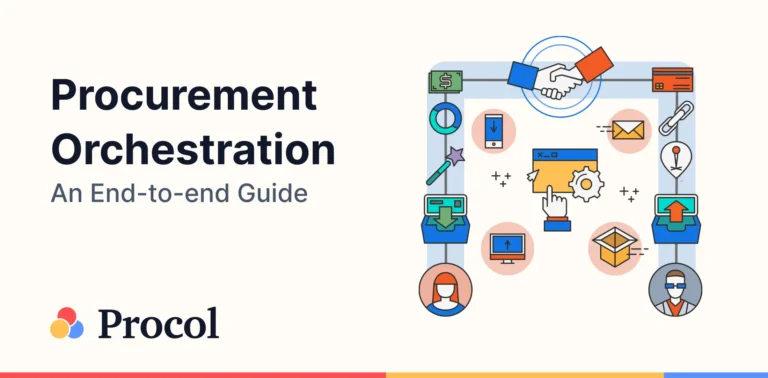
Introduction
Procurement orchestration can seem unduly complicated. When this occurs, anyone can have difficulties in purchasing processes as they don’t know how to handle intake requests correctly or don’t even know where to start. By enabling an integrated, collaborative layer spanning all current tools and systems, procurement orchestration addresses these problems and guarantees that financial and procurement leaders retain complete control and transparency throughout the entire procurement process.
What is procurement orchestration?
Procurement orchestration is a method of coordinating and connecting systems, people, and processes within an organization. Beyond carrying out discrete transactions, it enables the effective exchange of work and data between people and systems and other agents, i.e., digital agents. By enabling each phase of a process, teams and companies can complete tasks more quickly and without problem, even if it takes place in a separate system or department.
Problems that procurement orchestration can solve
In order to provide a comprehensive view above the levels of individual processes, procurement orchestration entails the strategic integration of all processes that feed into an organization’s procurement strategy. This involves merging procedures that could be found in many departments or systems. It is a strong, comprehensive viewpoint that includes tactics and tools that improve procurement teams’ productivity and optimize spend visibility. Businesses are increasingly looking to add a procurement orchestration layer to connect purchasing operations with their current tools and systems. When individuals, resources, and procedures are all together, they can be ‘orchestrated’ so that they function in unison and rhythm. Procurement orchestration addresses the problems of fragmented and manual procedures brought on by out-of-date legacy solutions by enabling fully integrated, real-time stakeholder cooperation across tools and processes.
What are the key components of procurement orchestration?
Procurement orchestration offers stakeholders a single, cohesive experience throughout the procurement process by centralizing processes through a single rule and decision engine and coordinating actions between human and digital agents. The outcome is effortless user experiences, total transparency, and adaptability to change.
1) Experiences without effort
Procurement orchestration is about simplifying things for internal requestors. In the absence of a procurement-specific orchestration platform, processes are usually established and enforced through documentation.
2) Complete visibility
It is crucial to have visibility throughout the procurement process for several reasons. Particularly for high-compliance sectors like banking and pharmaceutical production, it increases auditability and lowers risk. It gives interested parties a direct look at how requests are coming forward, including an expected time of completion. Additionally, it opens up the possibility of using process mining to locate and resolve bottlenecks in processes.
3) Increased agility
Low-code/ no-code platforms make up the majority of contemporary workflow orchestration and business process management systems. As a result, process modifications can be made more quickly and easily in reaction to regulatory changes or to clear bottlenecks. The general-purpose low-code business process automation industry is getting increasingly crowded.
What are the benefits of procurement orchestration?
Procurement orchestration offers a huge boost in efficiency and competitive advantage. Imagine a conductor in charge of an orchestra, making sure that every instrument — people, systems, and automated tasks — plays in unison. That’s what procurement orchestration is all about. Orchestration goes beyond simple automation by combining several systems and functionalities to provide a host of advantages, such as:
- Handle analytics and reporting: With more data and metrics, you can find bottlenecks and improve the intake process. Enhanced visibility additionally enables procurement teams to manage rogue expenditures. When you incorporate artificial intelligence (AI) insights that can identify redundant suppliers and present additional opportunities for cost reduction and optimization, a predictive procurement orchestration platform can show benefits and influence right away.
- Simplifying the procurement process: Process orchestration streamlines the complex procurement process by automating and integrating every stage of the process, from intake to procurement, guaranteeing both operational effectiveness and strategic alignment with corporate goals. Increased efficiency and visibility Implementing process orchestration tools and platforms, which give businesses real-time insights and control over their procurement processes, can help them make better decisions and manage risks more quickly.
- Enhanced cooperation and compliance: Process orchestration promotes improved cooperation between stakeholders and automates compliance checks, which greatly minimizes human mistakes and guarantees adherence to laws and corporate guidelines.
- Supplier relationship management: Process orchestration’s strategic and automated approach leads to cost savings, improved supplier selection, and bolstered supplier relationships, all of which contribute to procurement’s overall value generation.
What are the best practices of procurement orchestration?
In order to achieve long-term success, procurement orchestration entails establishing a strategic framework in addition to implementing new tools. The following best practices can assist any company in achieving success with their procurement orchestration efforts:
1) Establishing a central data repository for procurement
Information is a vital component of a well-coordinated procurement process. It creates a centralized data repository to gather and keep track of all procurement-related data.
2) Creating explicit workflows and rules
Clearly defining the steps involved in the procurement process, from request to payment, in succinct and explicit workflows. Particular guidelines about who can submit requests, approve purchases, and negotiate supplier terms should be included in these procedures. Clear and well-defined processes help to avoid misunderstandings, minimize mistakes, and accelerate procurement processes.
3) Tracking and assessing performance instantaneously
Establish mechanisms for tracking and analyzing procurement activity in real-time. This will facilitate prompt issue detection and resolution, strategy modifications based on performance data, and procurement process improvement.
4) Promoting interaction among internal stakeholders
Encourage the creation of a respectful and supported collaborative atmosphere. Promote regular communication inside the organization between key approvers, end users, and procurement professionals. This partnership guarantees that procurement choices are well-informed and take into account the requirements and perspectives of different departments within the company.
How do companies implement procurement orchestration with Procol?
Procol is the best company to implement procurement orchestration and the most reliable when compared to the other companies. Procol offers a comprehensive solution to implement procurement orchestration effectively. Its user-friendly interface, effective reporting and analytics, and valuable insights make Procol a preferable choice among various companies that offer to implement procurement orchestration.
Founded in 2018, Procol is India’s ideal procurement orchestration company that has been securely deployed at many $1B global companies. It has various unmatched features and capabilities that make it the best to implement procurement orchestration for your business.
What works for Procol:
- Next-generation platform to get all your spending under control and ultimately gain 2-10% cost savings.
- $100M+ generated savings by Procol customers.
- Empower teams with a dedicated mobile-first approach. It ensures professionals have the flexibility they need to drive efficiency wherever they are.
- Businesses gain the flexibility of customizable workflows and templates that meet precise organizational needs.
- Gives access to 50,000+ suppliers registered and onboarded globally.
- Intuitive interface and unmatched efficiency ensure quick setup.
- Streamlines capex sourcing for maximum efficiency.
Using digital tools or platforms, procurement orchestration is a strategic approach that unifies and combines disparate operations. It better points you in the right direction by combining all communication, technical information, plans, and strategies into a single pane. The goal of an effective procurement orchestration with Procol is to establish smooth operations that improve productivity, optimize spending, and fortify supplier bonds.
Through the implementation of sophisticated technology and efficient workflows, entities can guarantee that their procurement undertakings are congruent with their overarching business goals. As a result, in the face of market fluctuations and disruptions, this promotes agility and response.
What is predictive procurement, and how are companies applying it in their operations?
Predictive procurement is a useful application that provides exceptional accuracy in demand forecasting. This involves more than just basic inventory control; it also entails assessing past data, forecasting the unexpected, and comprehending market trends. Envision having the ability to predict your material requirements several months ahead of time, modifying your acquisition approach to prevent shortages or surplus stock. Businesses may now function with a lean efficiency that was previously unthinkable because of this level of foresight.
An important development in the way companies handle their supply chains and procurement tactics is predictive procurement orchestration. Predictive procurement orchestration, in its specific sense, is the application of data analytics, machine learning, and predictive modeling to supply chain operations optimization, procurement needs forecasting, and better-informed purchase decisions.
Predictive procurement orchestration has several useful applications, one of which is its exceptional accuracy in demand forecasting. This involves more than just basic inventory control; it also entails assessing past data, forecasting the unexpected, and comprehending market trends. Envision having the ability to predict your material requirements several months ahead of time, modifying your acquisition approach to prevent shortages or surplus stock. Businesses may now function with a lean efficiency that was previously unthinkable because of this level of foresight. Predictive procurement orchestration, however, goes beyond demand projections. It expands its scope to include supplier performance assessment, providing a data-driven perspective that allows businesses to evaluate overall performance, dependability, and quality.
Predictive procurement also has an impact on the cost of goods and services. Companies can foresee future trends, get contracts at optimal rates, and improve budget management by examining past price data. This ability is especially useful in erratic markets when opportune timing might result in substantial cost savings. And yet another crucial application is risk management. Supply chains are susceptible to a wide range of dangers in the modern global economy, including geopolitical tensions and supplier financial instability. By identifying these risks early on, predictive procurement enables firms to take steps to reduce them before they become significant issues.
Companies are applying predictive procurement orchestration in its application as it has several useful applications, one of which is its exceptional accuracy in demand forecasting. This involves more than just basic inventory control; it also entails assessing past data, forecasting the unexpected, and comprehending market trends. Envision having the ability to predict your material requirements several months ahead of time, modifying your acquisition approach to prevent shortages or surplus stock. Businesses may now function with a lean efficiency that was previously unthinkable because of this level of foresight.
Conclusion
Bid farewell to the days of labour-intensive, inefficient, and frustrating manual procurement processes. A remedy is provided by procurement orchestration and automation, which expedites work, enhances accuracy, and increases visibility throughout the whole procure-to-pay (P2P) process. Envision an environment where important data enable strategic decision-making, errors are reduced, and the approvals process runs smoothly.
Through the use of procurement automation, you can accomplish:
- Reduced turnaround times: For quicker order fulfilment and requisition processing, automate procedures and approvals.
- Enhanced accuracy: By using automation and validation processes, manual data-entering errors are eliminated.
- Enhanced visibility: Learn about spending, inventory levels, and supplier performance in real time.
- A game-changing tactic: Procurement Orchestration improves productivity, lowers expenses, and synchronizes procurement procedures with overarching corporate objectives. However, major obstacles, including data processing, change management, and technological integration, must be overcome for effective deployment.
Explore more from Procol
Discover expert tips, how-to guides, industry insights, and the latest procurement trends.
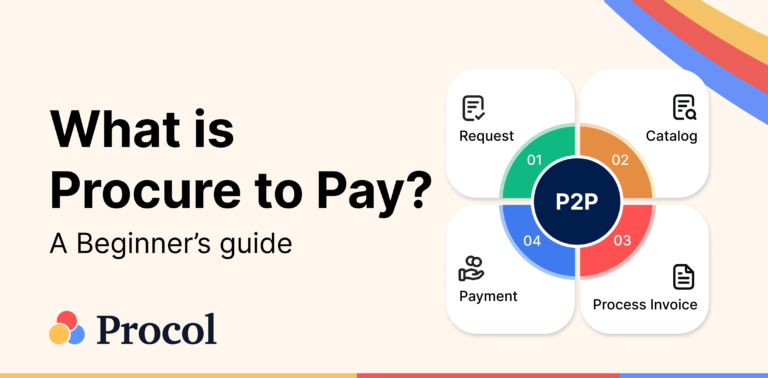
What is Procure-to-pay (P2P)? An Ultimate Guide
Procure to pay is the process from procurement of materials needed...
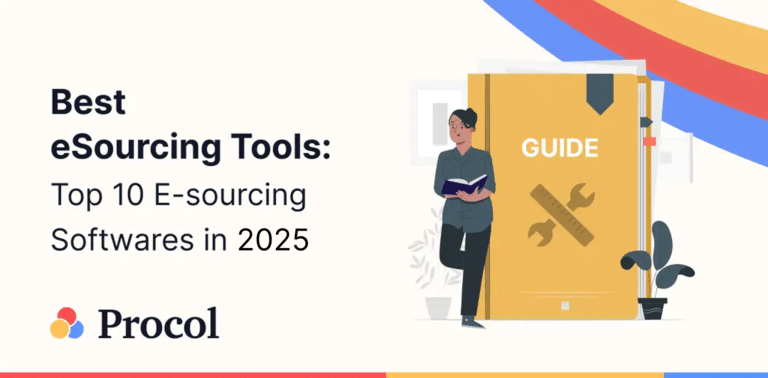
Best eSourcing Tools: Top 10 eSourcing Software in 2025
Discover top 10 e-sourcing tools and esourcing platforms necessary for efficient...
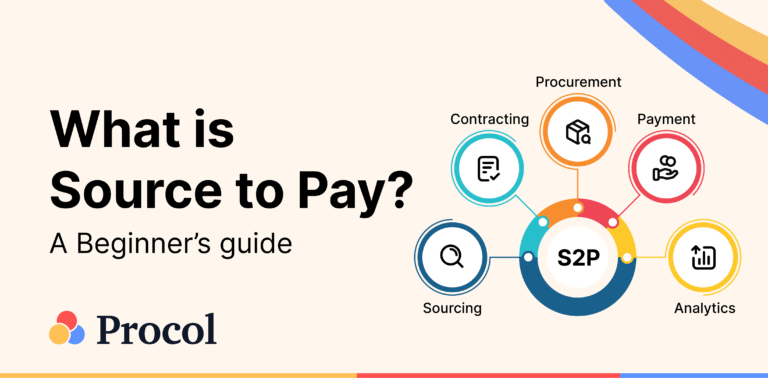
What is Source-to-pay in 2025? An Ultimate Guide
Source to pay is the process of sourcing vendors to procure...

